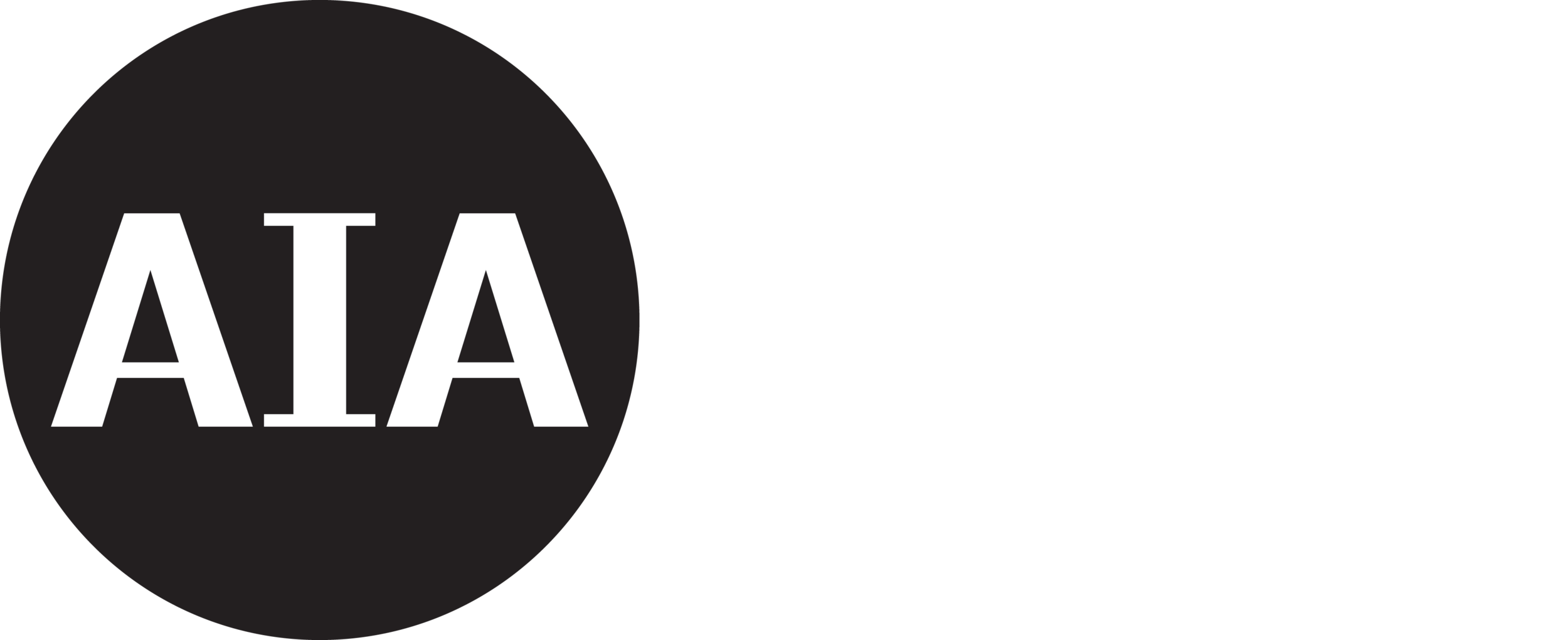Submitted for 1 LU
DESCRIPTION
The pathway to a successful project starts with developing a strong plan which contains, obviously, schedule, cost control, subject matter knowledge, and design acumen. However, there are other factors that play a part in embarking on a laboratory design project, before the first sketch is done. Science is ever-changing and the environments that we architects design for scientists must also evolve and adapt. We usually design buildings to last 50, 70 years. However, science changes at a much more rapid pace. A state-of-the-art building on opening day may become programmatically obsolete in 5-10 years. How can we predict that change or can we? What’s the best value we can create for our clients and the building users? After all, the building is only a MEANS to a MEANS to an END.
LEARNING OBJECTIVES
Understand the Basic Nomenclature used for common lab design understanding
Understand the latest trends in research and how they affect lab programming
Understand the requirements and drivers of various clients
Understand the basic process for the development of a strong program/ future-proofing
About Jeff Talka, AIA, LEED AP
Jeff has over 45 years of experience in the architectural profession with the last 35 years focused on Science and Technology projects. He has been involved in the design and construction of over 5 million square feet of research-related projects,
in the United States and abroad. Jeff's focus is on bringing value to his clients, interpreting their business plan into fully realized designs. Throughout his career, Jeff has not only been project focused as a Project Director, Architect, and lab Planner, but has also served in office management, leading multi-disciplined S&T design organizations to profitability and growth.

